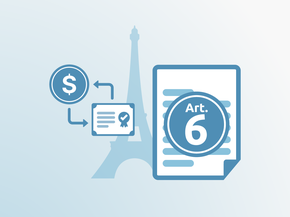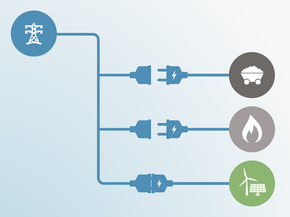Pledges And Targets
Summary table

Pledges and targets
The Philippines’ Nationally Determined Contribution (NDC) is a 70% reduction in GHG emissions below business-as-usual (BAU) projections by 2030, condition on financial, technological and capacity building support (Republic of the Philippines, 2015).
The NDC target does not distinguish LULUCF (land use, land use change and forestry) emissions reductions from the reductions in other sectors and lacks a BAU scenario emissions projections used to quantify the NDC target. The BAU is based on projections developed by the CAT in 2015 since it represents a pathway built with information available during the formulation of the NDC (see Assumptions). If we apply the 70% emissions reductions target to non-LULUCF emissions, the NDC could result in emissions decreasing below 2010 levels (excluding LULUCF) by 2030. If the government expects larger carbon sinks from LULUCF than in our analysis, the contribution from other sectors would need to be lower to achieve the emissions reduction target.
The need for a transformation in all sectors is recognised in the NDC as it states that the Philippines “views the need to peak its emissions as an opportunity to transition as early as it can to an efficient, resilient, adaptive, sustainable clean energy-driven economy, and it is determined to do so with partners from the global community.” Presenting which portion of the commitment should be met by the LULUCF sector and which portion from other sectors would be in line with the mentioned transformation and peaking.
The Climate Change Commission (CCC) has been working with government agencies and civil society to define targets and pathways for the country up to 2040. The National Economic Development Authority (NEDA) is in the process of finalising the NDC, the economy-wide modelling was expected by September 2019 but, as of November 2020, no results have been released (CCC, 2019). National experts indicate that an update is expected before the end of December 2020. The Philippines did not include an unconditional target in its original submission. Including such an unconditional target would be an important aspect of scaling up ambition.
The Philippines’ business-as-usual scenario, against which the NDC is to be measured, has not yet been published as of November 2020. The inclusion of this pathway would increase the Philippines’ transparency and support the assessment of its NDC (see Fair Share).
Further analysis
Latest publications
Stay informed
Subscribe to our newsletter





